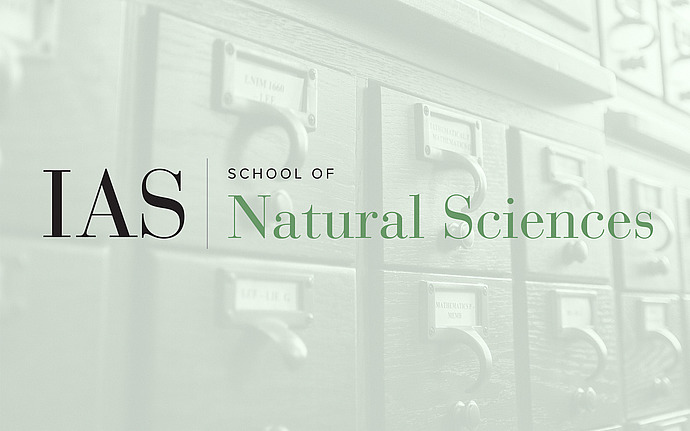
Institute for Advanced Study / Princeton University Joint Astrophysics Colloquium
Sub-Neptune, Super-Earth, or Water World? Exploring the Properties of Small Extrasolar Planets
We currently know of more than 10,000 planets and planet candidates orbiting nearby stars. This population is dominated by planets with masses between 1-10 times that of the Earth, which can be divided into two broad classes (‘sub-Neptunes’ and ‘super-Earths’) depending on whether or not they host a puffy hydrogen-rich envelope. Most of these planets orbit very close to their host stars, and we expect that their atmospheres should be strongly sculpted by mass loss processes. In the first part of my talk I will present new results from ongoing Keck and Palomar surveys utilizing metastable helium to measure present-day mass loss rates for close-in exoplanets. During the second part of my talk I will focus on M dwarf planetary systems, which represent our best opportunity to study rocky exoplanets with high mean molecular weight atmospheres. Studies have suggested that a subset of M dwarf planets may also possess thick water-rich envelopes, but definitive evidence for the existence of ‘water worlds’ has remained elusive. I will discuss our ongoing efforts to constrain the bulk and atmospheric compositions of M dwarf planets using transit timing variations, and evaluate the prospects for directly measuring their surface and atmospheric properties with the James Webb Space Telescope
Date & Time
Location
Princeton University, Peyton Hall AuditoriumSpeakers
Affiliation
Event Series
Categories
Notes
10:30am Coffee and danishes provided in Peyton Hall Grand Central.
11:00am Lecture, Peyton Hall Auditorium